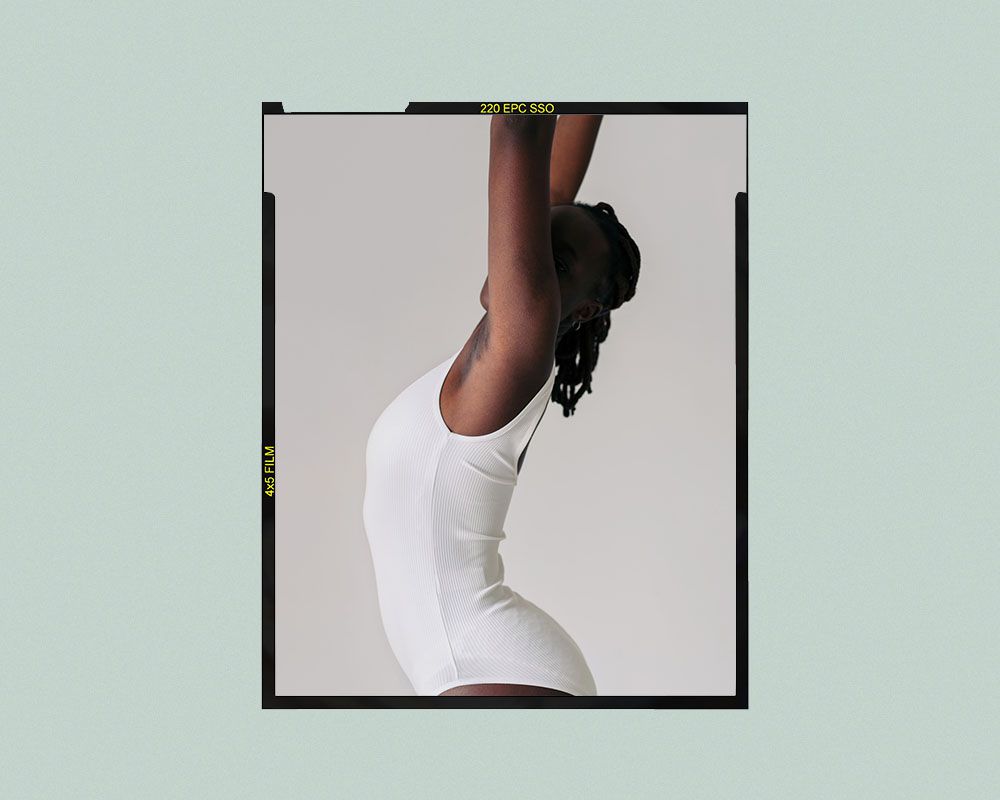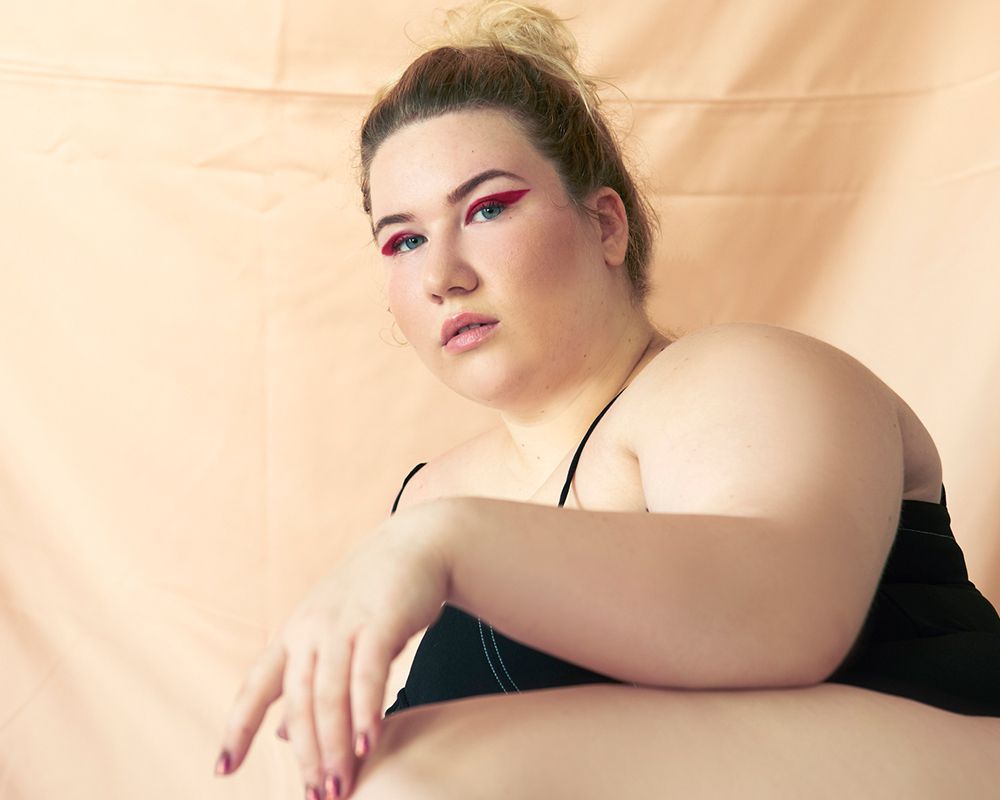How to Tell Science from Marketing in Clean Beauty
We all want to protect our health, but there is no standardization or clear definition for what “clean beauty” actually means. Words like “green,” “natural,” “organic,” and “non-toxic” all get conflated. Formulation experts and emerging brands also note that a lot of what we’re told about ingredients is really effective greenwashing—i.e. marketing campaigns capitalizing on those unregulated terms to instill fear.
Although the FDA passed the Federal Food, Drugs, and Cosmetics act in 1938, beauty brands don’t need FDA pre-approval to start making and selling products (but the FDA does state product manufacturers are legally responsible for substantiating their products are safe and accurately labeled). So, those aforementioned buzzwords aren’t regulated. And while cosmetic ingredients do go through rigorous testing for general safety and concentration (like scientific research, supplier data, safety data, and toxicology testing), it’s become common for studies to be cherry-picked and taken out of context. Habit Skin founder Tai Adaya explains, “It’s a disservice to the consumer to say some things are good and [others] are bad without explaining how you’ve reached that conclusion.” She adds, “To properly talk about the concept of ‘clean,’ you need to get [granular] about each ingredient or practice within context.” Ultimately, this is why the Clean Beauty movement resonates with all of us so much, and why it’s important to demand greater transparency, corporate responsibility, safety standards, and better sustainability.
As a result, beauty brands are forced to define “clean” in their own terms. [Editor’s note: For this reason, Byrdie created their own set of “clean” guidelines as part of our Clean Beauty Pledge—not to demonize ingredients—but instead to offer a standard definition for what we mean when we say “clean.”] The formulator’s side of the clean beauty space is no less ambiguous. “Marketing leads trends,” says cosmetic chemist and formulator Jen Novakovich of The Eco Well. The goal, is for the movement to spur healthier and more sustainable products, but the lack of nuance can get in the way of that. “There’s a greater environmental burden for the natural ingredients being opted for. It’s very frustrating, because the beauty industry wants to do better with sustainable development, but often marketing prevents us from being able to grow with the science.”
Cosmetic formulator Krupa Koestline feels similarly about the intricacies of cosmetic formulation. “Synthetic doesn’t mean unsafe. In some cases, synthetic ingredients may be more stable and even more sustainable and eco-friendly. In the same vein, consumers have been led to believe “organic” is synonymous to sustainable, but they can be mutually exclusive. It can a lot more water and resources to get a good crop of organic produce.”
Ultimately, both brands and formulators both agree the best way to prevent muddled marketing tactics is through brand transparency and consumer education. “More than anything, the new generation of consumers just wants honesty out of brands,” says Jina Kim. “Consumers are now equipped with more knowledge than ever before, so those outdated tactics don’t work anymore. Consumers want to be better educated and better equipped to make smart decisions based on their own values and beliefs.” “I think showing the behind-the-scenes of formulation, manufacturing, and LCAs of beauty brands helps inform the consumers,” Novakovich says. “And better science communication and story-telling! It’s so much more complicated than consumers think. A lot of consumers think that it’s as easy as what you make in a kitchen, but it’s very complicated. Show what happens behind the scenes.”
Thankfully, there’s change budding from within the clean beauty space—check out a few brands challenging the narrative.
Isla Beauty
Co-founders Tracy Dubb and Charlie Denton are invested in challenging the narrative through their performance-based brand Isla Beauty. They display the percentage of all active ingredients in their products and the brand’s claims are vetted by an independent third-party scientist—they’re all about transparency. “My family has been in cosmetic formulation for three generations now, so we stick close to the science,” says Denton. “Ingredients don’t just fall into binary categories. Our fundamental philosophy is to speak to the nuance of the products and to give our consumers all the information they need to be educated.”
Cottin Beauty
Cottin Beauty sources their ingredients as responsibility and sustainability as possible, and offer an ingredient library on their site to explain each one and demystify their purpose in the formula. “We focus on educating correctly by doing collaborations with dermatologists, chemists, aestheticians,” says co-founder Lena Vasilenko Tsymbal.
Habit Skin
Founded by Tai Adaya, Habit Skin was born from Adaya’s desire to make sunscreen as essential to consumers as toothpaste. Adaya uses the brand’s TikTok to physically test the efficacy of her product with a UV camera and show more behind-the-scenes information about owning and running a beauty brand.
Circumference
Circumference consistently tweaks their supply chain and product-development processes to set new sustainability standards for creating products from end to end. “Our own mission is to continue to create, further impact, and push the boundaries of what sustainability can mean in the beauty industry,” says founder Jina Kim. “We’re currently on track to launch the second phase of our industry-first Waste-Not Sourcing Initiative. It’s about taking cues from nature’s own self-renewing design in our partnership with independent agricultural producers to up-cycle byproducts and waste and transform them into valuable skincare ingredients. The first product, our Active Restorative Moisturizing Cream, was launched in partnership with a sustainable winery where we jointly harvested their waste—grape leaves and vines—and ushered them into a new lifecycle. We’re actively working to expand on this initiative and furthering the conversation on how sustainability can ultimately have a major impact in creating cutting edge, highly effective skincare products.”
Codex Beauty
Codex Beauty has started to include efficacy labels on their products, showing all their testing results carried out at a third-party clinical facility (under the supervision of a dermatologist and toxicologist). The efficacy labels summarize the year of the study and the population used, as well as each skin parameter, potential sub-parameter, and its measurement method. If no statistical change was observed, that’s recorded. If a parameter is not relevant to product claims, this is noted as “not applicable.” Talk about transparency.










